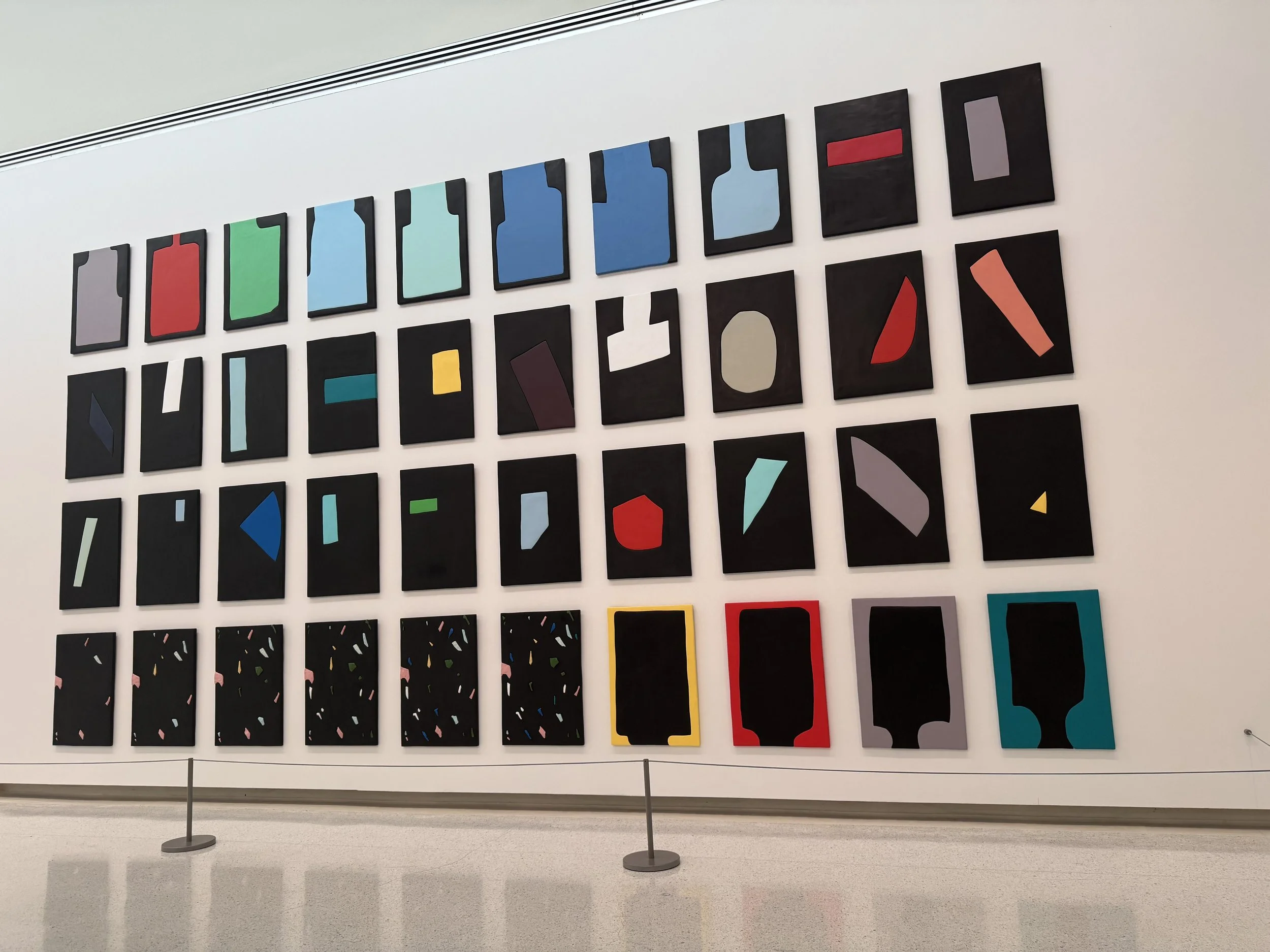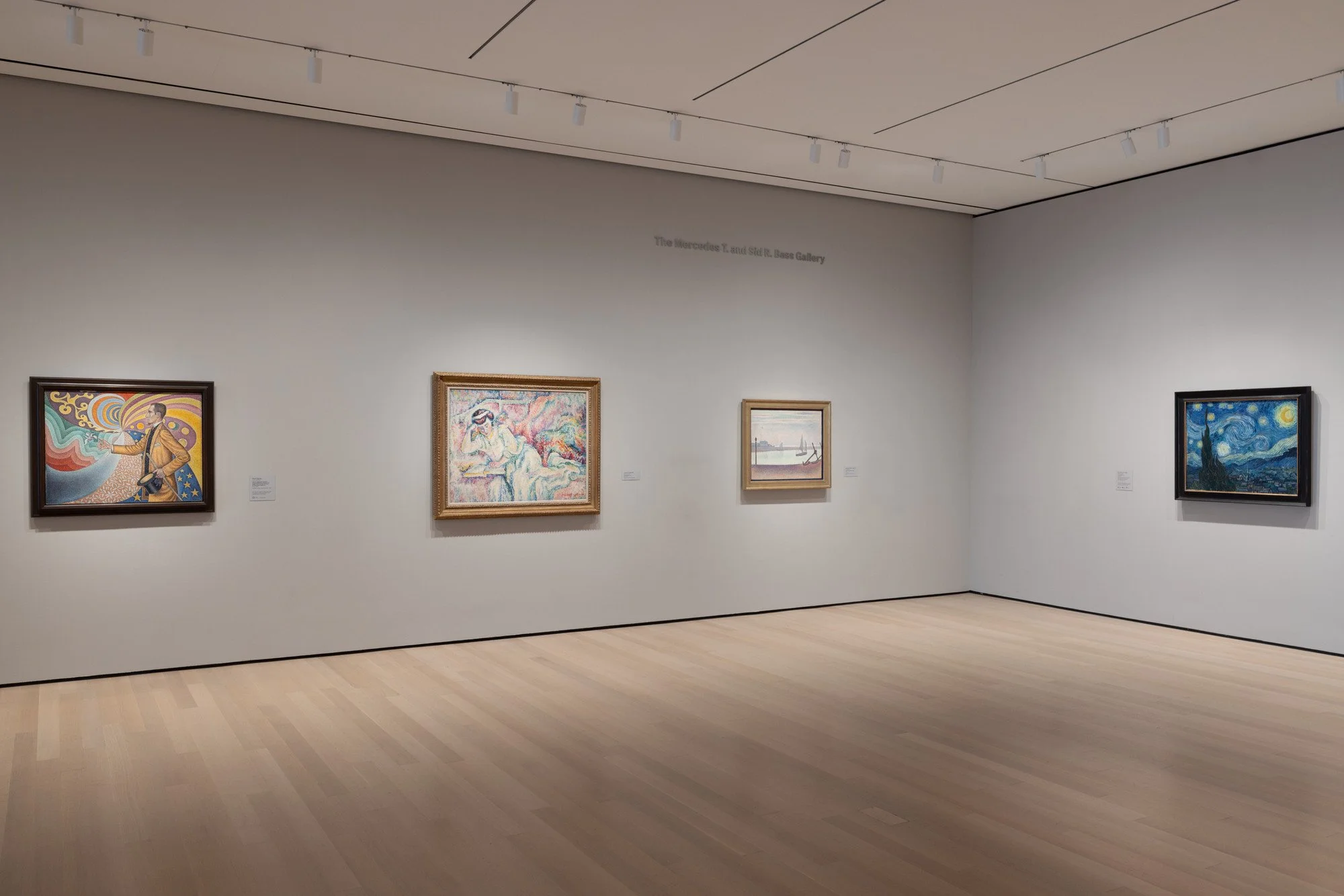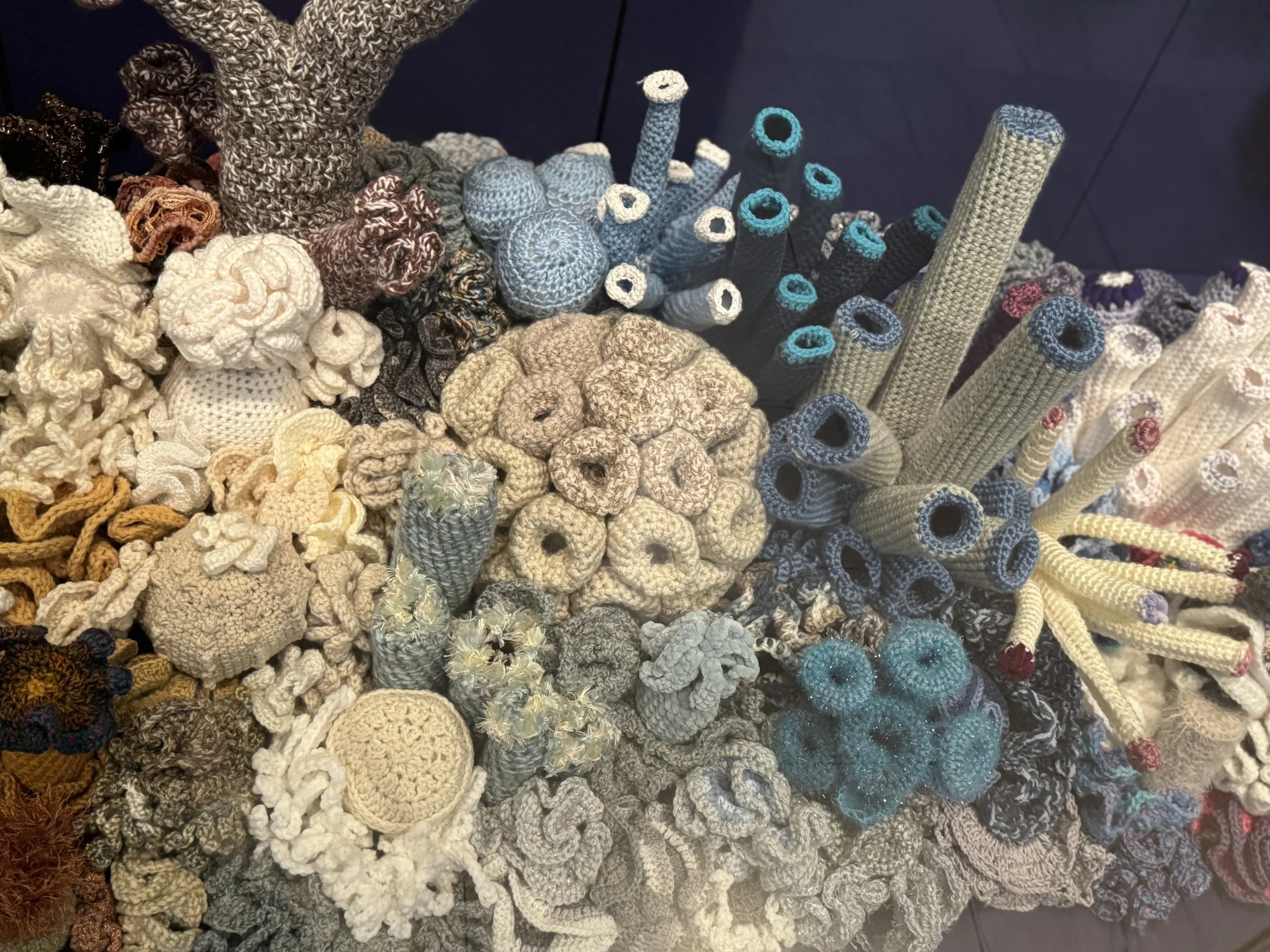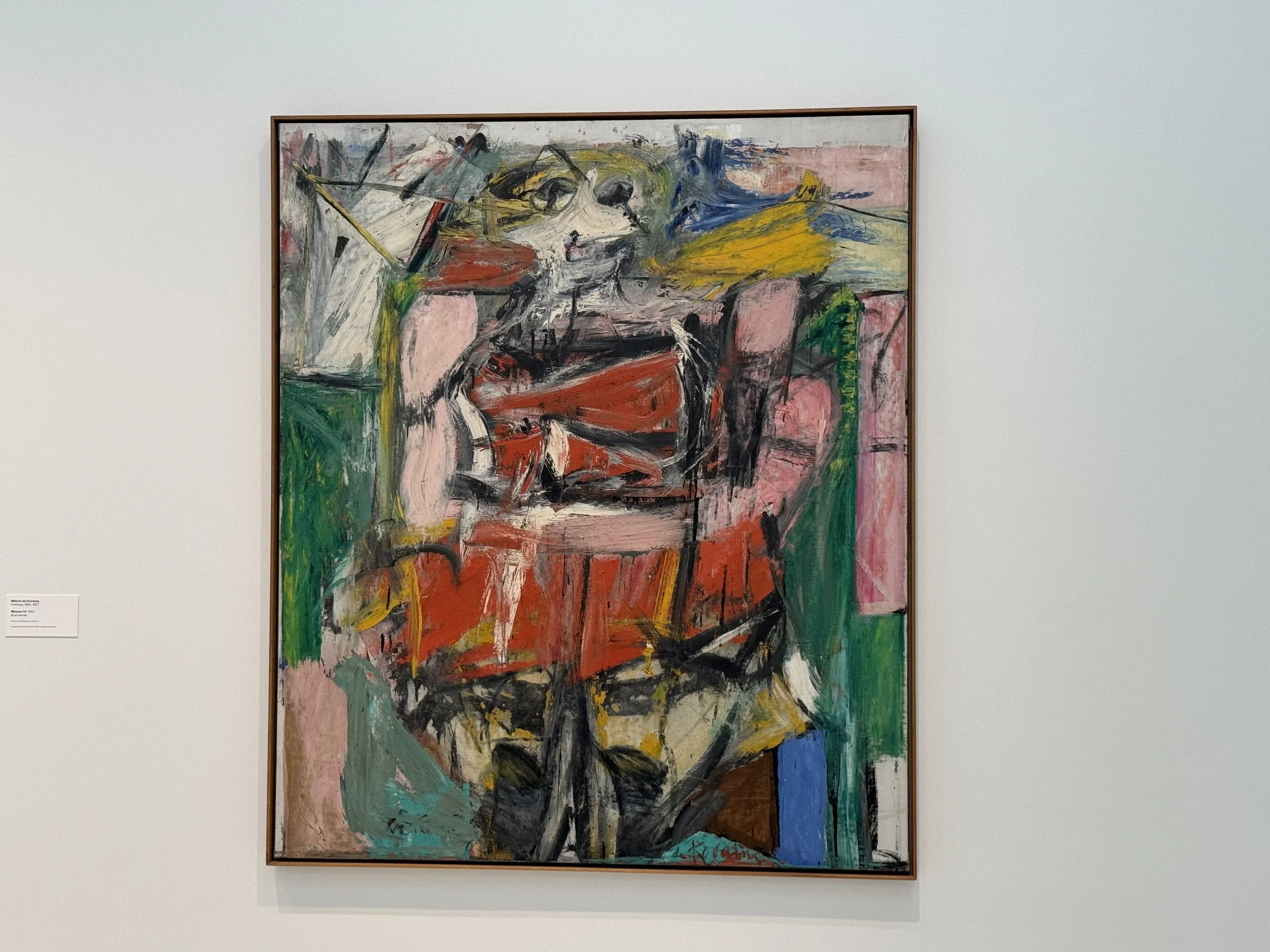Art That Heals: How Museums Are Becoming Modern Wellness Sanctuaries (and How to Bring the Calm Home)
A quiet revolution is transforming museums into sanctuaries of calm. Once spaces for hushed observation, they now merge creativity, mindfulness, and intentional design to support emotional well-being.
If you’ve ever lingered in front of a painting and felt your stress ease, you’ve already experienced this shift. From the Saint Louis Art Museum to MoMA, Glenstone, Crystal Bridges, the Carnegie Museum of Art, the Hammer Museum, and the Smithsonian’s National Museum of Asian Art, museums across the U.S. are redefining what it means to experience art.
This intersection of art and wellness isn’t just a trend—it’s a cultural turning point, one we can invite into our homes and daily rituals.
Museums as Mindfulness and Wellness Spaces
Every museum visit subtly flips a switch from noise to stillness. Quiet architecture, thoughtful lighting, and contemplative layouts ground the mind and invite presence.
At the Saint Louis Art Museum, George Caleb Bingham river scenes and sunlit marble corridors calm the breath.
MoMA offers pockets of meditation amid modern vibrancy—a Rothko absorbing silence, a Monet dissolving into soft light.
Glenstone Museum in Maryland blends sculpture, landscape, and design to encourage mindful walking and presence.
Crystal Bridges Museum pairs art and nature to create grounding experiences, from forest trails to sun-filled galleries.
Carnegie Museum of Art combines awe-inspiring architecture with intimate galleries for reflective engagement.
On the West Coast, the Hammer Museum and the Smithsonian’s National Museum of Asian Art host meditation sessions and wellness-focused programming.
Many of these museums also offer yoga, restorative workshops, and mental-health-centered events, similar to mindful holiday practices for inner peace.
Highlighted Exhibitions That Promote Mindfulness
MoMA Gallery View
MoMA — “French Landscapes & Interiors (Collection 1880s–1940s)”
Rooms filled with muted tones and domestic tableaux reward slow looking. These exhibitions show how quiet observation encourages relaxation and mindfulness.
Carnegie Museum of Art — “Pittsburgh Satellite Reef”
Carnegie Museum of Art
A tactile, immersive installation of crocheted coral transforms perception into a participatory meditation, echoing trends in wellness home decor with textured, grounding artwork.
Both exhibitions illustrate a key truth: museums are no longer just for viewing—they are experiential wellness spaces.
The Science Behind the Healing Power of Art
Viewing art doesn’t just feel good—it’s good for your body and mind. Studies show that art can:
Lower cortisol (stress hormone)
Reduce heart rate and blood pressure
Activate the brain’s reward centers
Reduce anxiety
Improve mood in as little as 20 minutes
Hospitals use art therapy for healing, and now museums are extending this approach to general wellness. By designing how we interact with art, they give us permission to slow down and experience mindful living through art.
For additional exploration of culture as therapy, check out Andy Warhol and the arts’ role in mental health.
How to Bring Museum Calm Into Your Home
You don’t need a plane ticket to experience this restorative energy. By curating your home with intention, you can create a sanctuary that supports slow looking mindfulness.
Five Calming Art Styles for Mindful Living at Home
1. Abstract Color Fields – Inspired by Rothko, these works create meditative focal points with soft blues, creams, rusts, and ochres.
2. Nature-Inspired Minimalism – Grids, misty landscapes, or soft photography reduce stress and enhance concentration.
3. Japanese Zen-Inspired Design – Minimalist ink, calligraphy, and wabi-sabi ceramics encourage harmony and simplicity.
4. Botanical and Floral Studies – Evoke growth and renewal with vintage prints or contemporary floral photography.
5. Textural and Mixed-Media Art – Fiber art, carved wood, or clay forms invite tactile engagement, grounding your senses throughout the day.
These styles pair beautifully with art that heals and wellness-focused home practices.
Mindful Living Through Art and Music
The more museums I visit, the clearer it becomes art’s power is not to impress but to center. Modern museums act as wellness sanctuaries, and our home spaces can echo the same energy.
Pairing art with music as an emotional anchor—like seasonal playlists or meditative compositions—enhances mindfulness. For ideas, explore the emotional power of Christmas music and holiday traditions.
Whether standing before a masterpiece or glancing at a framed print above your morning coffee, the truth remains: art heals through quiet presence.
Want More Mindful Living Inspiration?
Join my newsletter for seasonal wellness rituals, calming home ideas, and art-inspired moments that bring ease into daily life. Because your home—and your breath—deserve a little more stillness.
FAQs: Museums, Art, and Wellness
1. Why do museums make us feel calm?
Quiet architecture, intentional lighting, and curated experiences create a slow, mindful environment. Wellness-focused programming like meditation sessions enhances the calming effect.
2. How does viewing art reduce stress?
Art lowers cortisol, slows heart rate, and activates the brain’s reward centers. Soft colors, natural imagery, and contemplative forms trigger a relaxation response.
3. What types of art work best for a calming home?
Abstract color fields, nature-inspired minimalism, Zen-inspired works, botanical prints, and textural mixed-media pieces encourage mindfulness and slow looking.
4. How can I recreate museum-like calm at home?
Use minimal décor, natural materials, soft lighting, and intentionally placed art. Even one thoughtful piece can shift the energy of a room.
5. Which museums focus on wellness and mindfulness?
MoMA, Glenstone, Crystal Bridges, Saint Louis Art Museum, Carnegie Museum of Art, Hammer Museum, and Smithsonian’s National Museum of Asian Art all offer wellness-centered programs and meditative art experiences.






